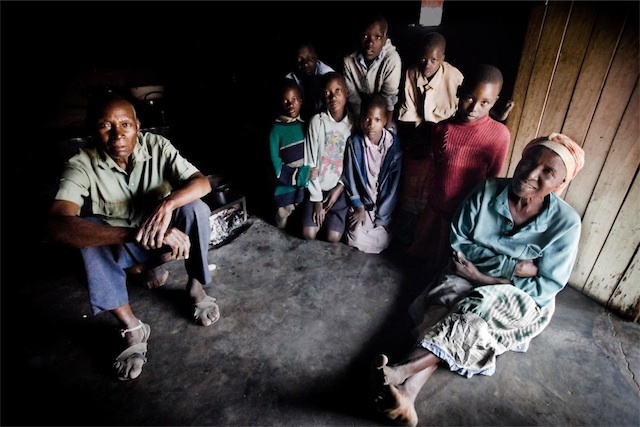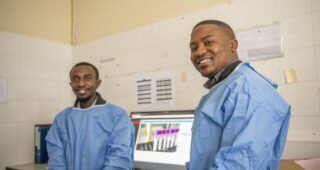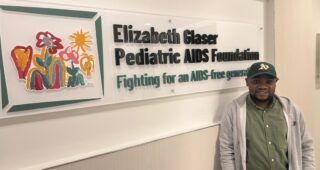Early HIV “Treatment for All” Ensures Best Outcomes

This week, the 8th IAS Conference on HIV Pathogenesis, Treatment, and Prevention kicked off in Vancouver, Canada. Most of the discussions at this year’s conference have centered on treatment, specifically working toward ensuring that all people living with HIV not only have access to treatment, but that they begin treatment as early as possible.
As Dr. Julio Monetnaer, Director of the British Columbia Centre for Excellence in HIV/AIDS said during the opening ceremony, “IAS 2015 will be remembered as the definitive moment when the world agreed earlier initiation of treatment is the best way to preserve the health of people living with HIV, and one of the best tools we have to slow HIV transmission to others.”
And much evidence has been presented to support this call for treatment for all. On Monday, researchers presented findings from the Strategic Timing of Antiretroviral Therapy (START) trial which proved that immediate treatment reduces the risk of both AIDS-related and non-AIDS-related illness by about half. Prior to the START trial, there was no randomized controlled trial evidence to guide initiating treatment for individuals with high CD4 cell counts.
In conjunction with the START study results, researchers from the HIV Prevention Trials Network (HPTN) reported on findings of its study known as HPTN 052, which examined early antiretroviral therapy (ART) for serodiscordant couples. It is the first randomized clinical trial to show that treating HIV-positive individuals early into their HIV infection significantly reduces the transmission of the virus to their partners, by as much as 93 percent.
HPTN also shared the results of its 067 trial, which examined the impact of pre-exposure prophylaxis (PrEP). Among the many trial participants, the study examined single, black women in South Africa at high risk for HIV infection and found that these women took and adhered to a daily PrEP regimen, especially when they knew the medications were effective at preventing HIV infection. Understanding how PrEP could potentially be applied to high-risk populations, such as women, will be an important step to prevention of mother-to-child transmission efforts, especially in sub-Saharan Africa.
Based on these findings, the World Health Organization (WHO) is expected to release new guidelines later this year that will include a strong recommendation that all people of all ages who are living with HIV initiate treatment as soon as possible and will also include specific guidelines about PrEP for those who are at high risk for HIV infection.
The new guidelines will be especially important as the world adopts the Sustainable Development Goals (SDGs) in September 2015, which will include a target to end the AIDS epidemic by 2030. This global target builds upon the recently announcement achievement that 15 million people living with HIV are now on treatment—equivalent to 41 percent of all people living with HIV.
As Michel Sidibé stated during the Sunday night opening ceremony, “We must now reach the 22 million people living with HIV who are not yet on treatment.”
As the Vancouver Consensus (also launched during this week’s conference) points out, diligence and renewed global commitments are more important than ever before to ensure we reach those goals. And this is especially true for children who are living with HIV.
While there has been progress and recognition of the need to prioritize specific, targeted strategies for children living with HIV, only 32 percent of children living with HIV have access to treatment. Without it, 80 percent of these children won’t live to see their fifth birthday. At EGPAF, we are committed to ensuring that children living with HIV are prioritized in order to shrink these gaps in pediatric treatment.
“It is vital that children are not lost in the crowd,” said Charles Lyons, EGPAF president and CEO during the conference.
“When children are considered only as part of the greater HIV population, they inevitably get left behind. Time and time again we’ve seen that failing to focus on children living with HIV has left the majority of them without the care and treatment they desperately need. Children living with HIV require unique, intensive actions to identify them and ensure they have access to and remain on treatment. We must acknowledge these differences and incorporate the specific needs of children in global guidelines and targets. Otherwise, we may end up moving backward when we desperately need forward momentum to drive us toward an AIDS-free generation.”
To see what EGPAF is doing at IAS 2015, click here.
Johanna Harvey, EGPAF
General



